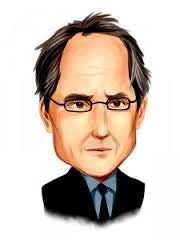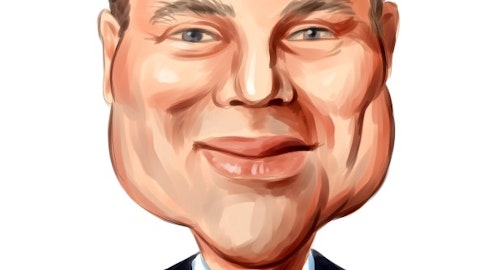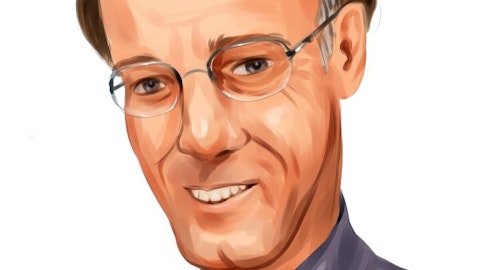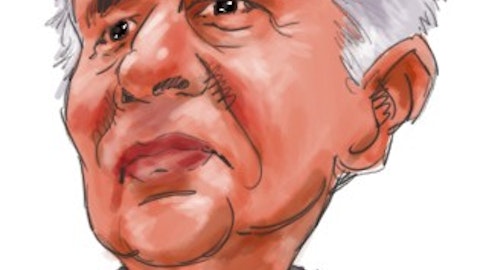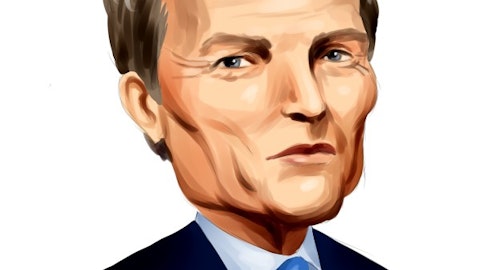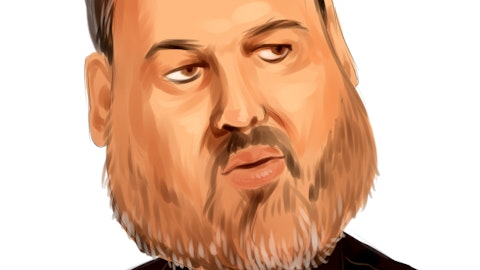Billionaire D.E. Shaw and his firm D.E. Shaw & Co., L.P. filed their 13F with the SEC in mid-November, revealing Shaw’s renewed interest in tech and financial stocks. D.E. Shaw trades using systematic and computer driven methods. D.E. Shaw now has around $26 billion in investment capital and makes a habit of hiring from the math and physics area, opposed to the financial sector.
Part of Shaw’s 3Q investment thesis was bullish on tech companies, including Google Inc (NASDAQ:GOOG), Microsoft Corporation (NASDAQ:MSFT) and Oracle Corporation (NASDAQ:ORCL). While other major funds appear to be dumping Google, the search giant jumped from D.E. Shaw’s twelfth (2Q) largest 13F holding to fifth (3Q) – an increase of 28%. Google has a rapidly expanding product and service base that might be spreading the tech company too thin. Recent quarterly earnings and revenues missed estimates as another loss from its Motorola segment was a drag on the company.
Google still appears to be trading at an attractive valuation, with its trailing P/E of 21x trading slightly below its historical average, and its forward P/E of 14x suggesting investors are not fully appreciating Google’s growth capabilities. But will Google do better next year? Google plans to ramp up spending, growing headcount by 15% in 3Q, to continue expanding its core search business while focusing on mobile. The tech giant also has the likes of Google+, YouTube and Chrome that it plans to continue to spend development dollars on to fund growth.
D.E. Shaw’s fund increased its Oracle position by 175% last quarter, moving the tech company from Shaw’s 94th largest 13F holding to 14th. Oracle has a vast product mix that should allow the company to grow current fiscal revenue revenues 3%, thanks in part to new software licensing growth of 5%. The tech company is still working on fully recognizing hardware synergies that will come about from the 2011 Sun Microsystems acquisition. Is Oracle a screaming buy? Oracle is also making moves to the cloud computing space, acquiring RightNow for $1.5 billion and Taleo for $1.9 billion earlier this year. Oracle does trade in line with other major tech competitors such as IBM at 15x, but has solid expected 5-year growth with a 12% annual growth rate.
Following a 44% decrease in shares during 2Q, D.E. Shaw found new reasons to get back into Microsoft, upping its position by 80% in 3Q – moving Microsoft from Shaw’s 38th largest 13F holding in 2Q to 12th largest in 3Q. Microsoft is also billionaire Ray Dalio’s top stock pick. With the tablet taking share from PCs and laptops, Microsoft has launched its own tablet, the Surface, which should help mitigate a slowdown in purchases of its new operating system Windows 8. The tech giant, like Google, also appears to be trading on the cheap side. Shares currently trade at a EV-to-EBITDA multiple of 6x, compared to the peer average of 8x, and below Microsoft’s historical average of 7.5x. We like Microsoft’s near term prospects as it is able to compete on both the PC and laptop front, and the emerging tablet front.
The other theme of D.E. Shaw’s 3Q investment thesis is a bullish move toward financials, with investments in American International Group, Inc. (NYSE:AIG) and Wells Fargo & Company (NYSE:WFC). AIG is now the sixth largest holding of D.E. Shaw’s fund, up from 98th at the end of 2Q, thanks to a 390% increase in shares from 2Q. With the U.S. Treasury continuing to downsize its stake, the company looks to be an interesting investment, still trading below major peers with a P/B of 0.6x. Tangible book value for 2Q appeared to be $55, compared to the insurer’s current stock price of around $31.30. The insurance giant still has some risk to its turnaround strategy, but has made progress and expects to grow EPS by 15% annually over the next five years.
D.E. Shaw’s Wells Fargo stake was up 40% from 2Q, moving the bank from being Shaw’s 8th largest holding to fourth. Wells Fargo has been riding the rise in the refinancing market, allowing the bank to reap fees and beat earnings for the last four consecutive quarters. The end of 2012 is expected to bring net interest income up 2.3% and loan growth of 2.1% as net interest margin declines and low-cost deposits rise. Although allowances for loan losses had fallen 27% at 2Q 2012 from its peak in March 2010, the bank is still not up quite as much as some of its peers year to date. The bank has one of the lowest P/E ratios at 10x and pays a rather solid dividend that yields almost 3%.
We believe that all five of D.E. Shaw’s additions listed are interesting investment opportunities, with AIG and Microsoft having some of the better growth prospects that could lead to strong price appreciation over the long term. Check out D.E. Shaw’s holdings.
